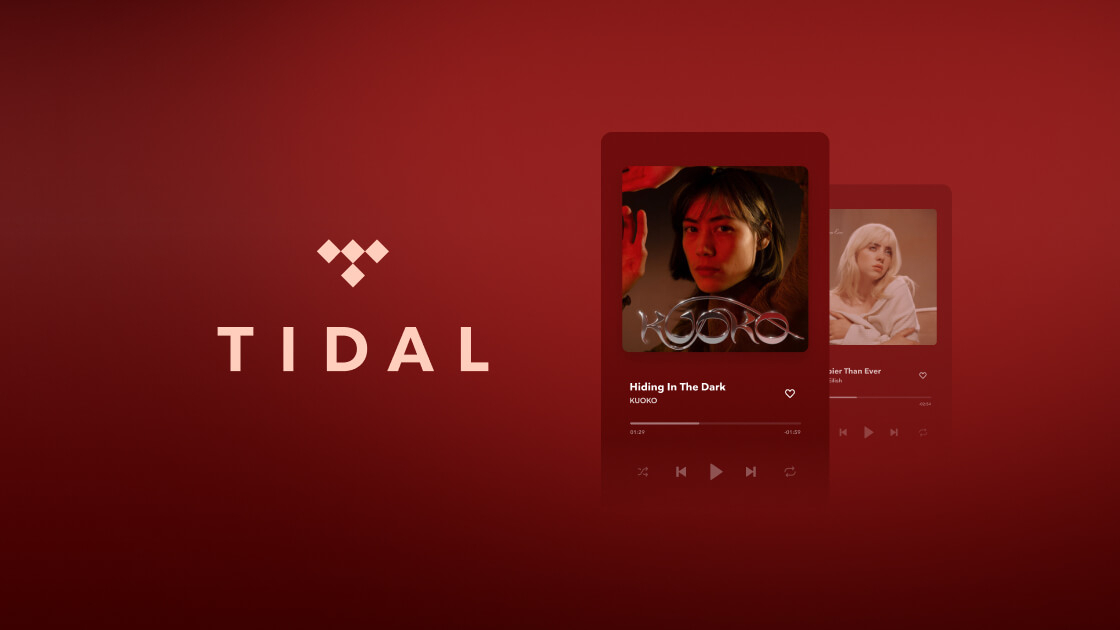
Tidal is reportedly laying off as much as a quarter of its workforce less than a year after reducing its workforce by 10 per cent.
That is according to a report by Fortunewhich claims to have seen a note that Tidal CEO Jack Dorsey sent to staff yesterday morning regarding the new mass cuts.
The note supposedly states that Tidal needs to operate with a “much smaller team” and “like a startup again”, reading: “We’re going to part ways with a number of folks on our team… we’re going to lead with engineering and design, and remove the product management and product marketing functions entirely. We’re reducing the size of our design team and foundational roles supporting Tidal, and we will consider reducing engineering over the next few weeks as we have more clarity around leadership going forward.”
A Tidal spokesperson confirmed to Fortune that the streaming service company is “going to be smaller, focus on fewer things, and move with a relentless approach to product development.”
According to the report, Dorsey’s note does not specify how many employees will be let go, however speculations are that it could be around 100, reducing its employee count to roughly 300. That reduction is considerably bigger than the one in December , which was part of the large cost-saving measures taken by its parent company Block. Currently, Tidal accounts for about three and a half per cent of Block’s employees. Block, co-founded by former Twitter CEO Jack Dorsey and also the owner of point-of-sale system Square and Australian digital payment platform Afterpay, bought the majority ownership of Tidal in .
Before that, it was owned by British-American holding company Project Panther Bidco, which acquired the Scandinavian public tech company Aspiro shortly after it launched Tidal in 2014 with hip-hop star Jay-Z.
So what does that mean? Well, nothing yet, although waves of lay-offs never look great, as the likes of Spotify, Amazon and Microsoft will know after their headcount cuts last year. The hi-res streaming service has been through a big change this year, having restructured and simplified its subscription tiers in April. It no longer locked its nothinglossless and spatial audio content behind a £20/$20-per-month “HiFi Plus” subscription, moving instead to a single, all-in “Individual” user plan costing a Spotify-matching £11/$11 per month.
MORE:
Tidal is definitely lossless, and my mate can prove it
I just re-reviewed Spotify – here are 3 things it now needs to beat Apple, Tidal et al
Hi-res music streaming services compared: which should you subscribe to?

